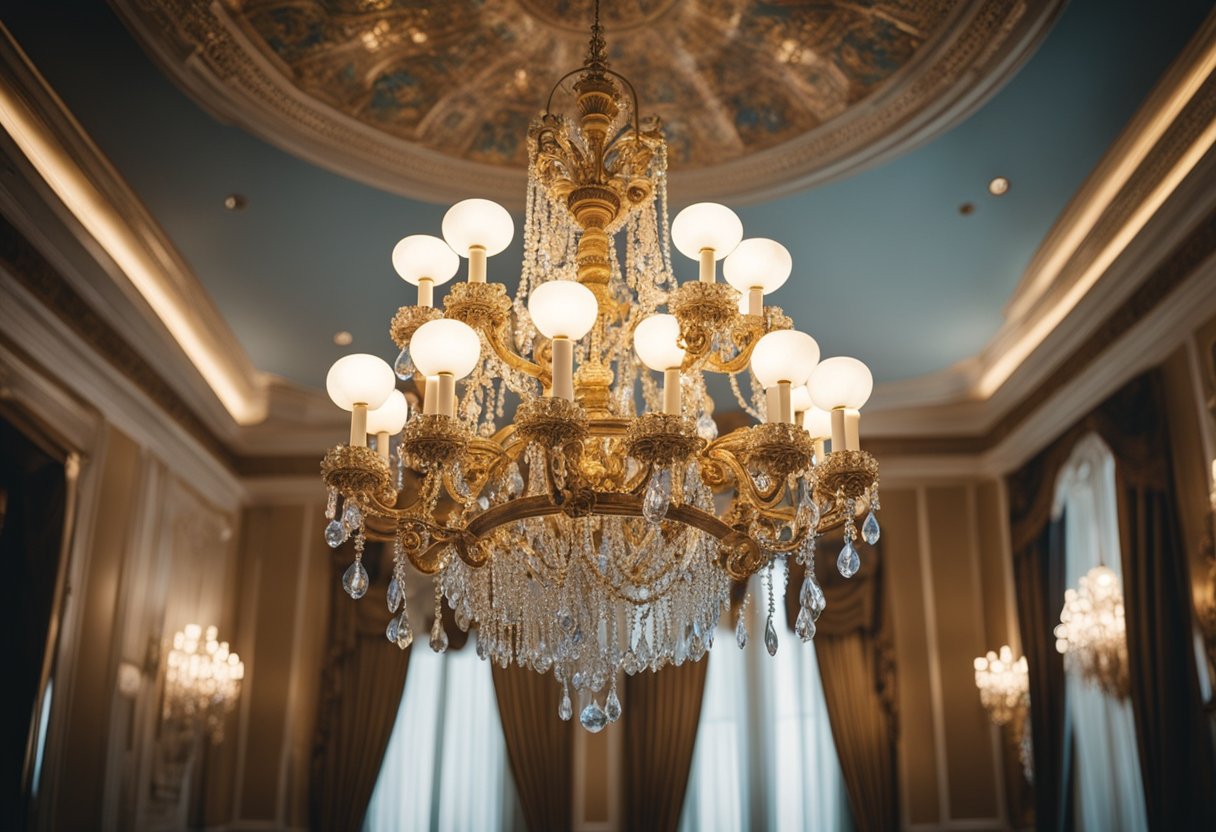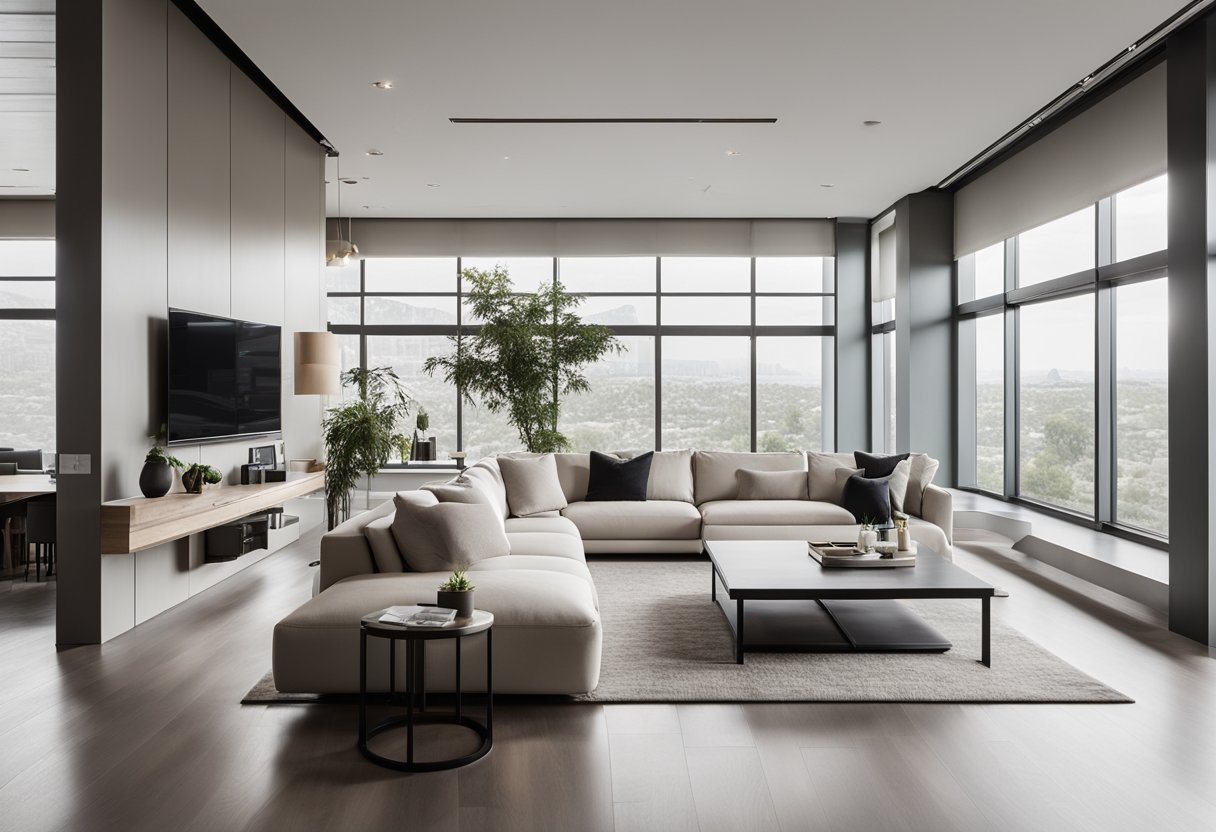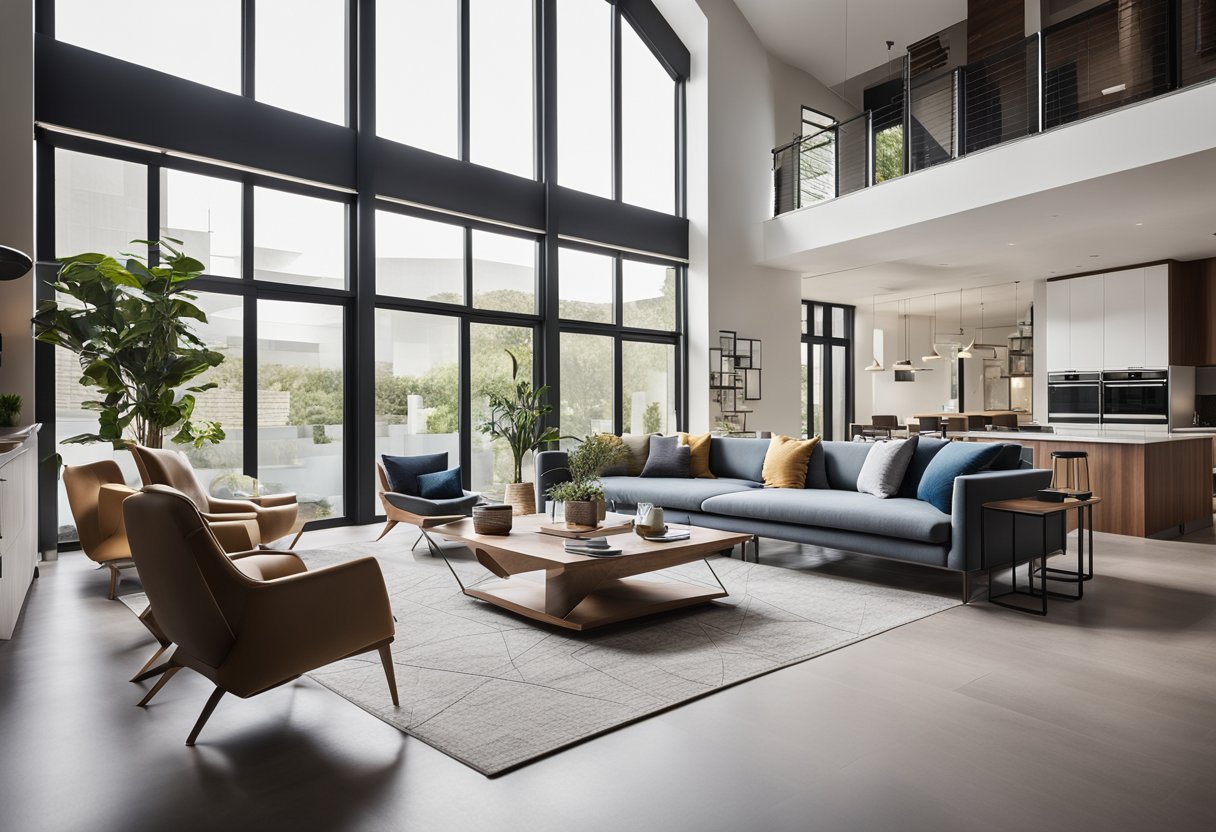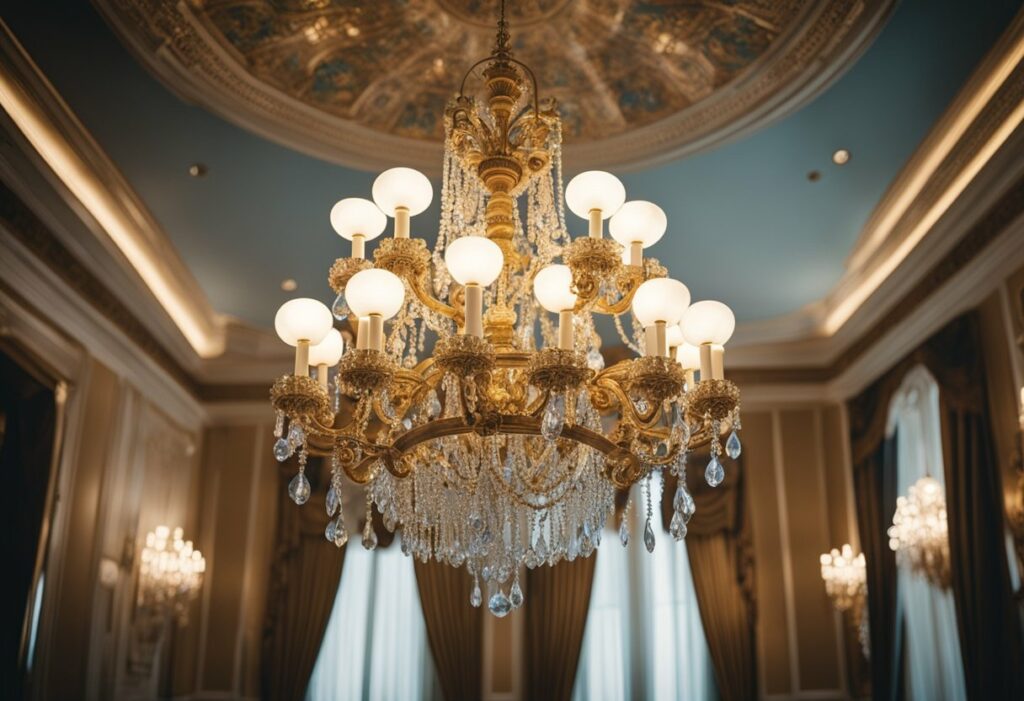Complex Interior Design: Pushing the Boundaries of Creativity
Are you ready to take your interior design skills to the next level? If you’re looking to create a space that’s truly unique and reflects your personal style, you might be interested in exploring the world of complex interior design. This type of design goes beyond the basics of colour palettes and furniture placement, and instead focuses on creating a space that’s both functional and visually stunning.

At its core, complex interior design is all about creating a space that’s tailored to your specific needs and preferences. Whether you’re looking to create a cozy bedroom retreat or a modern, open-concept living space, a skilled interior designer can help you bring your vision to life. From selecting the perfect lighting fixtures to choosing the right textiles and accessories, every detail is carefully considered to ensure that the final result is both beautiful and functional.
If you’re ready to dive into the world of complex interior design, there are a few key things you’ll need to keep in mind. In the following sections, we’ll explore some of the key design foundations and technical aspects of this type of design, as well as answer some frequently asked questions to help you get started. So whether you’re a seasoned design pro or just starting out, read on to learn more about this exciting and rewarding field.
Key Takeaways
- Complex interior design goes beyond the basics of colour and furniture placement to create a space that’s both beautiful and functional.
- Skilled interior designers can help you bring your vision to life by carefully considering every detail, from lighting fixtures to textiles and accessories.
- To get started in complex interior design, it’s important to understand the key design foundations and technical aspects of the field.
Design Foundations

If you’re planning to design a complex interior, understanding the design foundations is essential. This section will cover the key aspects of design foundations: style and lifestyle, the role of an interior designer, and developing a design concept.
Understanding Style and Lifestyle
Before you start designing, you need to identify the style and lifestyle of your client. The style of the interior should reflect the client’s personality, taste, and preferences. You can achieve this by conducting a thorough lifestyle analysis to understand their needs and preferences. This analysis will help you create a design that is both functional and aesthetically pleasing.
The Role of an Interior Designer
An interior designer plays a critical role in the design process. They are responsible for creating a functional and visually appealing space that meets the client’s needs and preferences. A good designer will work closely with the client to understand their vision and create a design that reflects their style and lifestyle. They will also ensure that the design is practical, safe, and meets all relevant building regulations.
Developing a Design Concept
Developing a design concept is the first step in the design process. It involves creating a vision for the space and identifying the key design elements that will be used. These elements may include colour, texture, lighting, furniture, and accessories. A good design concept should be based on the client’s needs and preferences and should be flexible enough to accommodate changes as the project progresses.
In summary, design foundations are essential when creating a complex interior. Understanding the style and lifestyle of the client, the role of an interior designer, and developing a design concept are key aspects of the design process. By following these principles, you can create a space that is both functional and visually appealing, and that meets the needs of your client.
Technical Aspects of Design

When it comes to complex interior design, there are several technical aspects that you need to consider to ensure that the final product is both functional and visually appealing. Here are some of the most important technical aspects of design that you need to keep in mind:
Visualisation Techniques
Visualisation techniques are essential for creating a realistic representation of your design. SketchUp is a popular tool that many designers use for creating 3D models of their designs. You can use SketchUp to create detailed models of your design, including furniture, lighting, and other elements. Once you have your model, you can use rendering software to create a realistic image of your design. To create realistic materials, you can use texture maps and adjust rendering settings such as global illumination.
Selecting Materials and Textures
Selecting the right materials and textures is essential for creating an interior design that is both functional and visually appealing. You need to consider factors such as durability, maintenance, and cost when selecting materials. Textures can also add depth and interest to a design. It’s important to choose textures that complement each other and create a cohesive design.
Furniture and Space Planning
Furniture and space planning are critical aspects of interior design. You need to consider the function of each space and select furniture that meets those needs. Space planning involves arranging furniture and other elements in a way that maximises the use of space. It’s important to consider factors such as traffic flow, lighting, and accessibility when planning the layout of a space.
In summary, the technical aspects of interior design are a crucial aspect of creating a functional and visually appealing design. By using visualisation techniques, selecting the right materials and textures, and carefully planning furniture and space, you can create a design that meets the needs of your clients and exceeds their expectations.
Frequently Asked Questions

What constitutes the core principles of sophisticated decor?
Sophisticated decor is characterised by a few core design principles that are key to achieving a refined and elegant look. These include the use of quality materials, a focus on balance and symmetry, and the incorporation of statement pieces that add visual interest to a room. A sophisticated space should also reflect your personal style and taste, while maintaining a sense of cohesion and harmony throughout.
How can you effectively balance functionality and aesthetics in a room?
Balancing functionality and aesthetics is essential to creating a space that is both beautiful and practical. One effective strategy is to start with a clear understanding of your needs and priorities for the room, and then build your design around those requirements. Consider the layout and flow of the space, and choose furniture and decor that is both stylish and functional. Finally, don’t be afraid to experiment and try new things until you find the perfect balance between form and function.
What strategies elevate a space to luxury status?
Achieving a luxurious look requires careful attention to detail and a focus on quality materials and finishes. Consider adding statement pieces like a chandelier or an ornate mirror, and use rich textures and fabrics to create a sense of opulence and indulgence. Lighting is also key to creating a luxurious atmosphere, so be sure to incorporate a variety of light sources to create a warm and inviting glow.
Could you explain the stages of professional growth in the interior design industry?
The interior design industry offers a range of opportunities for professional growth and development. Entry-level positions typically involve assisting with design projects and providing support to more senior designers. As you gain experience, you may move into a role as a junior designer, where you will take on more responsibility for design projects. Finally, with years of experience and a strong portfolio, you may be able to advance to a senior designer or even start your own design firm.
How do you incorporate the latest trends while maintaining a timeless feel?
Incorporating the latest design trends into your space can be a great way to keep your decor fresh and up-to-date. However, it’s important to balance this with a timeless feel that will stand the test of time. One effective strategy is to choose a few key pieces that reflect current trends, while keeping the rest of the space more neutral and classic. This will help to create a sense of balance and harmony, while keeping your decor feeling fresh and modern.
What are the key considerations when planning a layout for a multifunctional space?
When designing a multifunctional space, it’s important to consider the needs of each function and how they can be accommodated within the same space. Start by creating a clear layout that allows for easy movement and flow between different areas of the room. Choose furniture and decor that is versatile and can be easily rearranged to accommodate different activities. Finally, be sure to incorporate plenty of storage solutions to keep the space organised and clutter-free.



